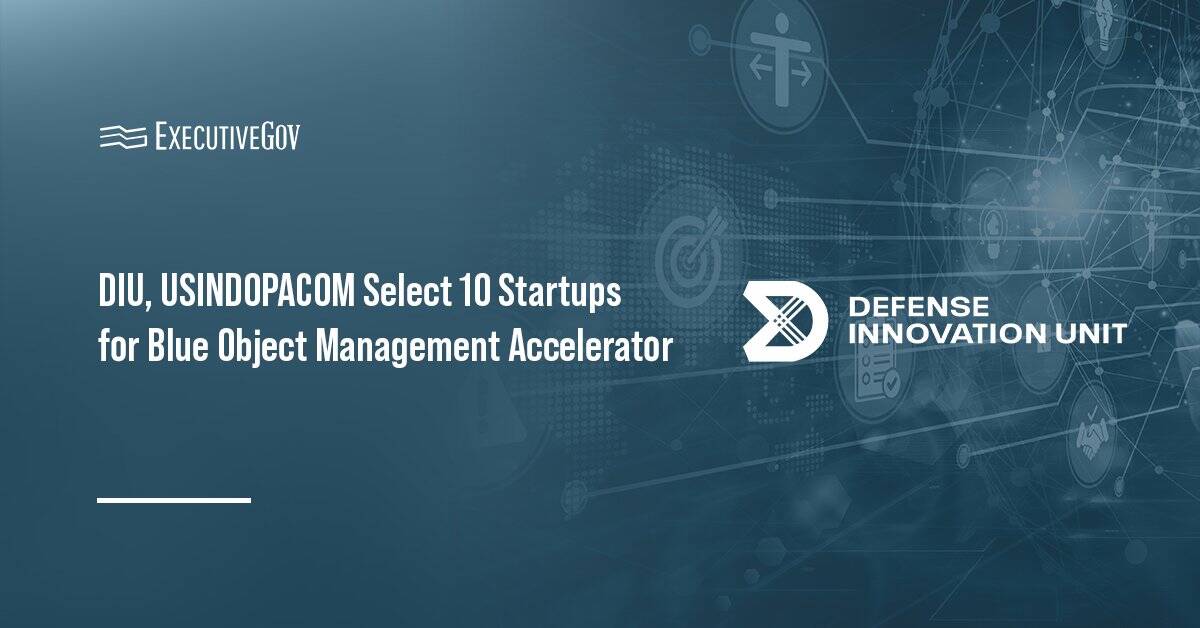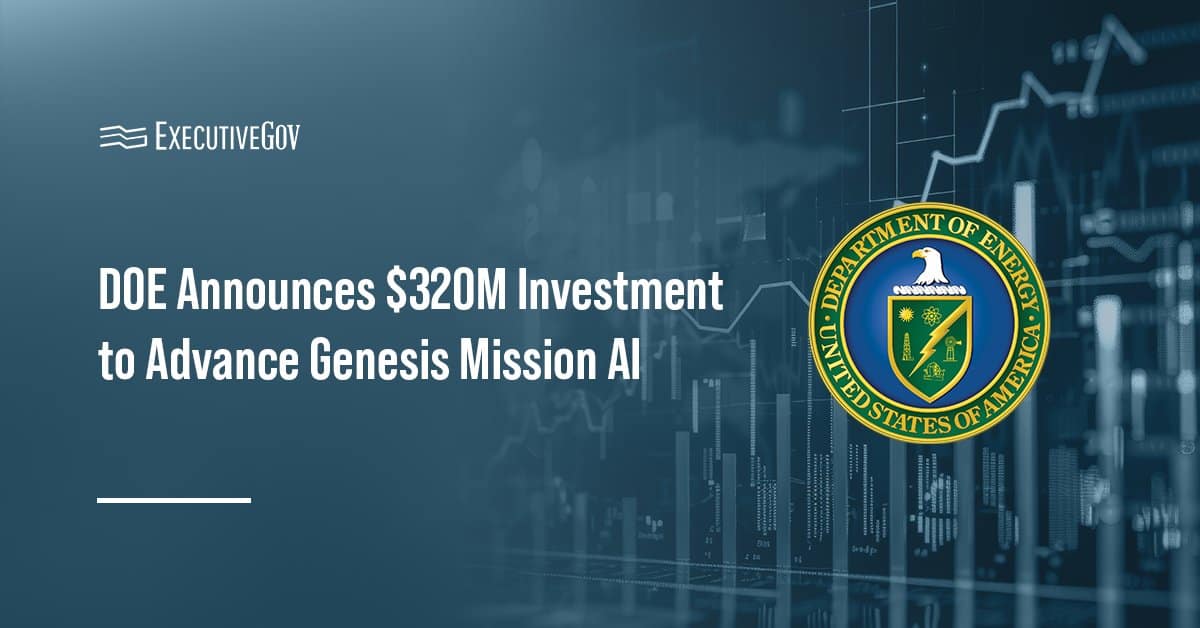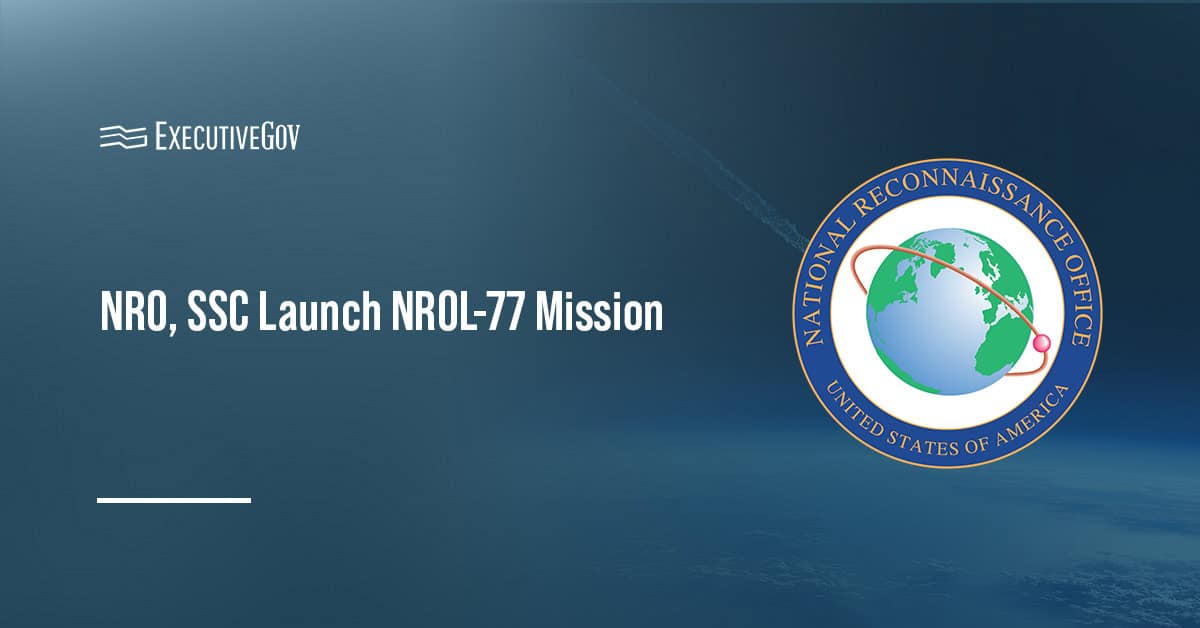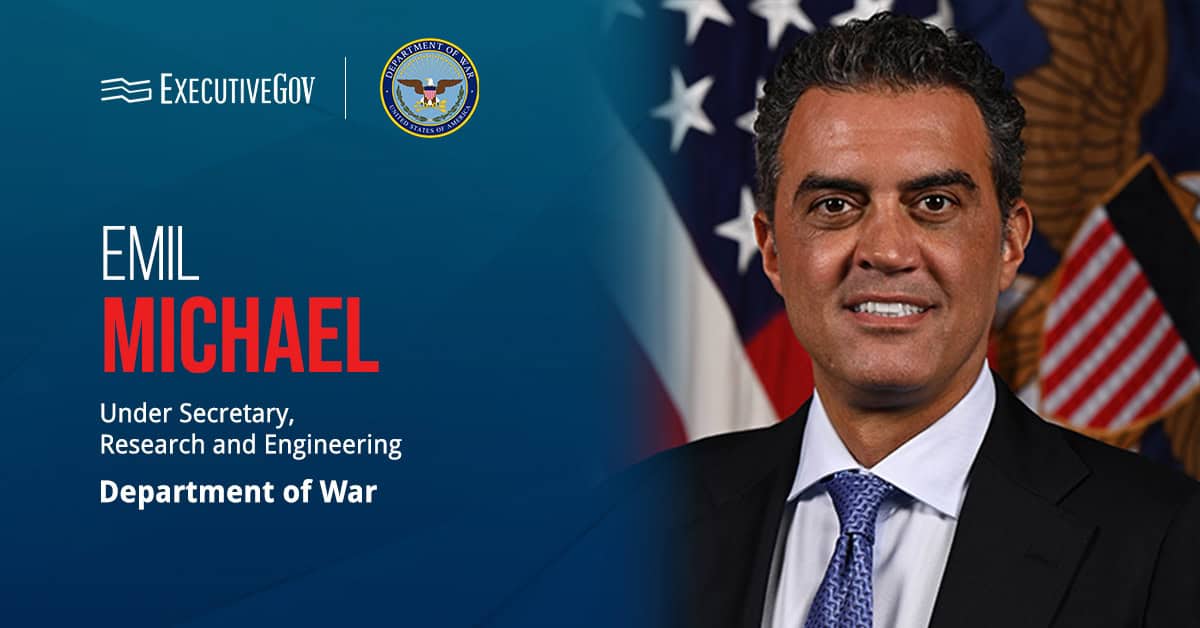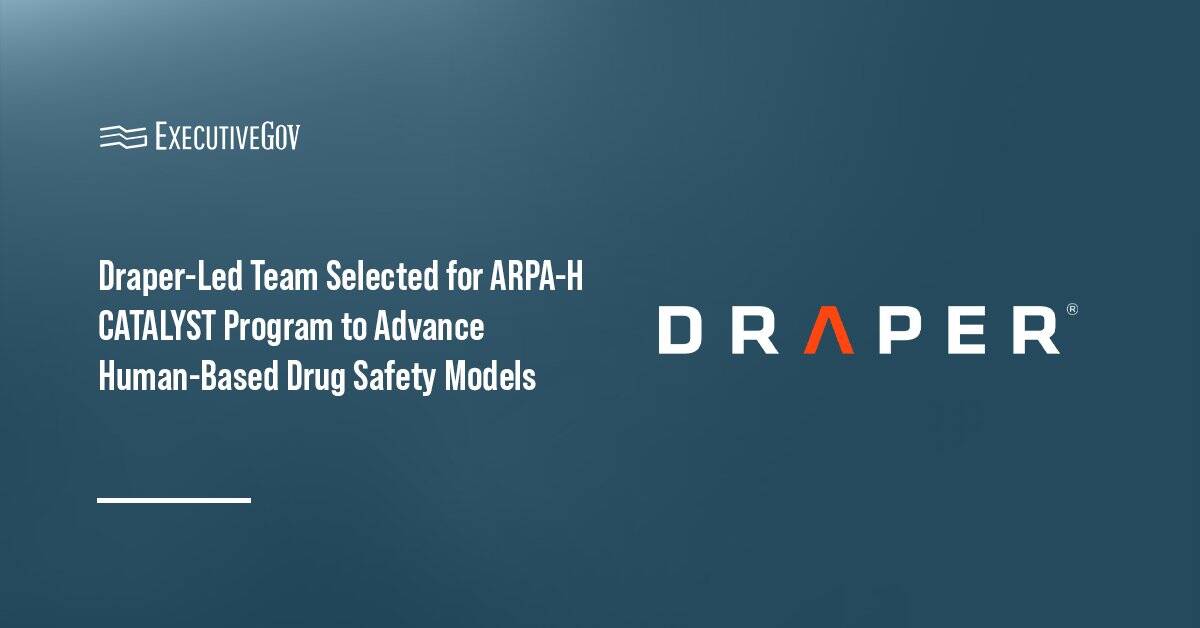The Federal Risk and Authorization Management Program has announced the three cloud services participating in the first cohort of FedRAMP 20x Phase 2 pilot.
FedRAMP said Wednesday 20x Phase 2, which was first announced in September, required cloud services to submit pilot proposals demonstrating their planned approach in advance.
The cloud services selected for Cohort 1 of the FedRAMP 20x Phase 2 pilot are Confluent Cloud for Government, Meridian LMS and Paramify Cloud.
Table of Contents
What’s Next for FedRAMP 20x in 2026?
FedRAMP Director Pete Waterman shared an open letter to the FedRAMP Board highlighting the next steps for the 20x Phase 2 pilot program.
Upcoming efforts include:
- Review of proposals for Phase 2, Cohort 2: From Jan. 5 to 9, FedRAMP will review pilot proposals from eligible 20x Phase 2 pilot participants and will select up to seven participants to take part in the Phase 2 pilot.
- Transition to Phase 3: Phase 2 will conclude at the end of the second quarter of fiscal year 2026, paving the way for broader adoption of 20x improvements in the third and fourth quarters of FY 2026 under Phase 3.
- AI Authorizations: FedRAMP plans to finalize the first three AI Prioritization 20x Low authorizations in January.
- Innovation through partnerships: FedRAMP will continue hosting quarterly FedRAMP Days.
What Is FedRAMP 20x?
FedRAMP 20x is a cloud-native authorization framework designed to advance the use of automation to accelerate the authorization process and facilitate secure cloud adoption across federal agencies.
Under the initiative, cloud service providers are encouraged to establish their security goals, continuously validate the effectiveness of the capabilities used to meet those goals and measure their performance against those goals.
Through this framework, CSPs secure authorization to enhance their service offerings without needing permission for significant changes.







